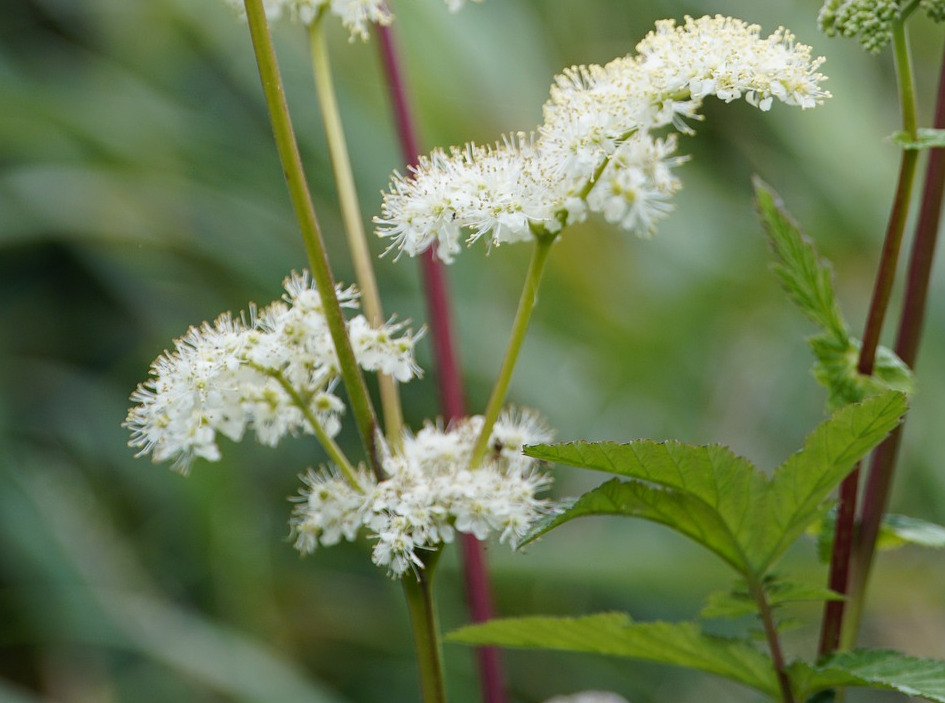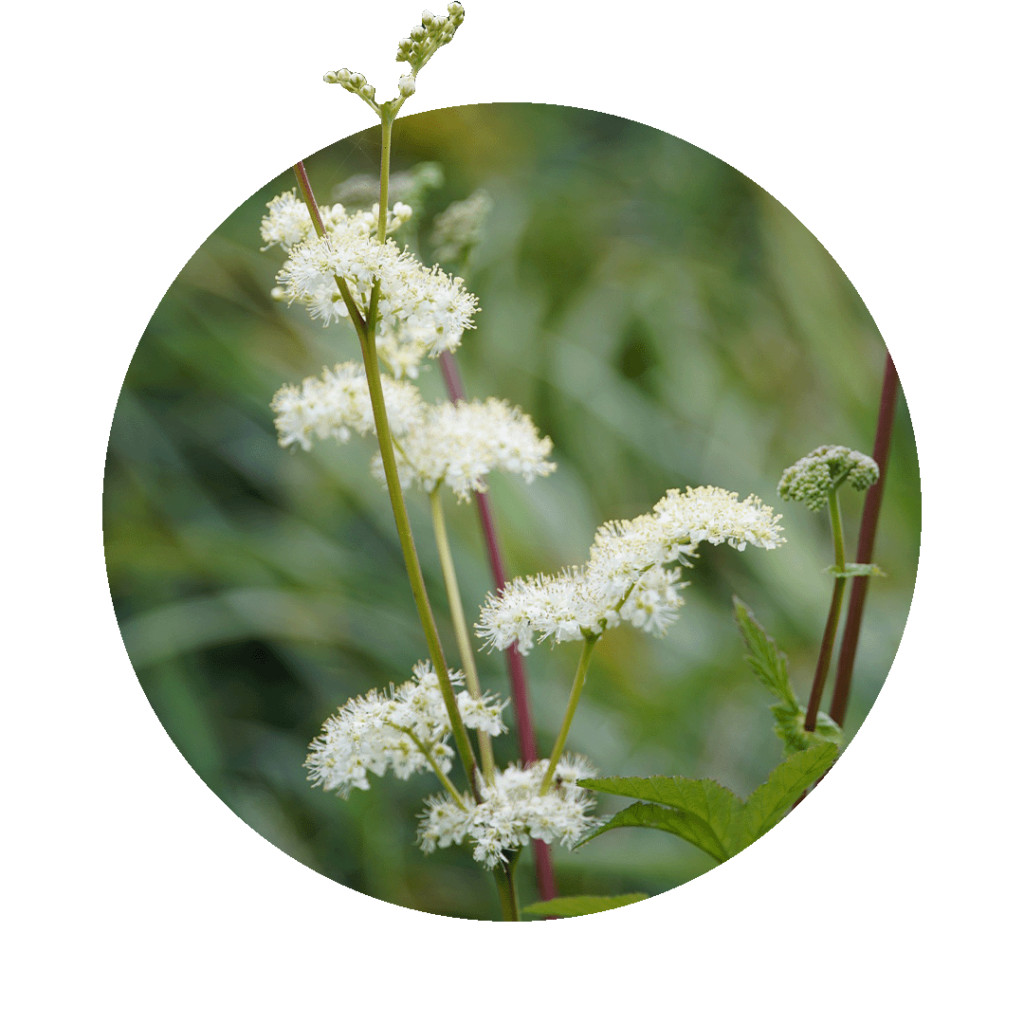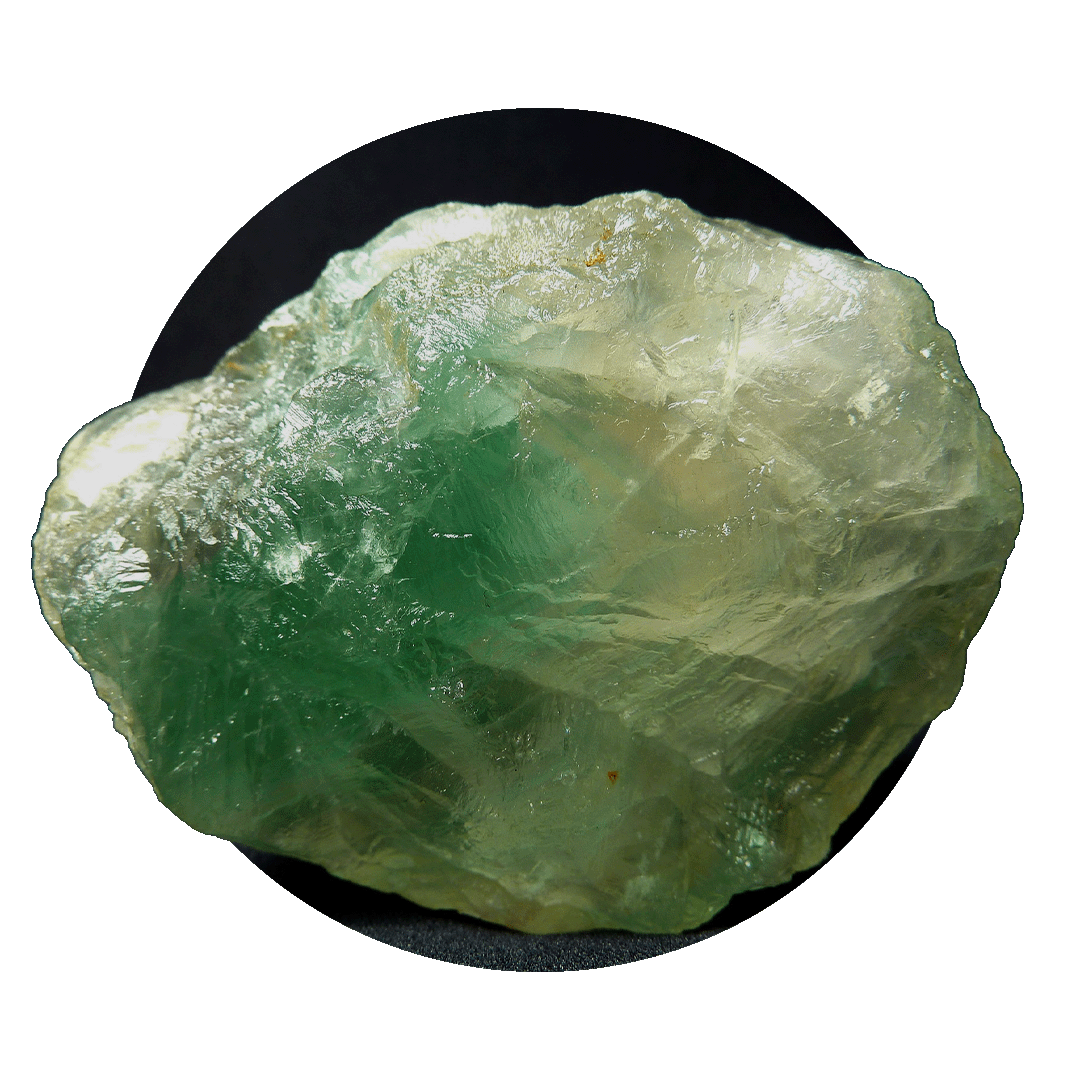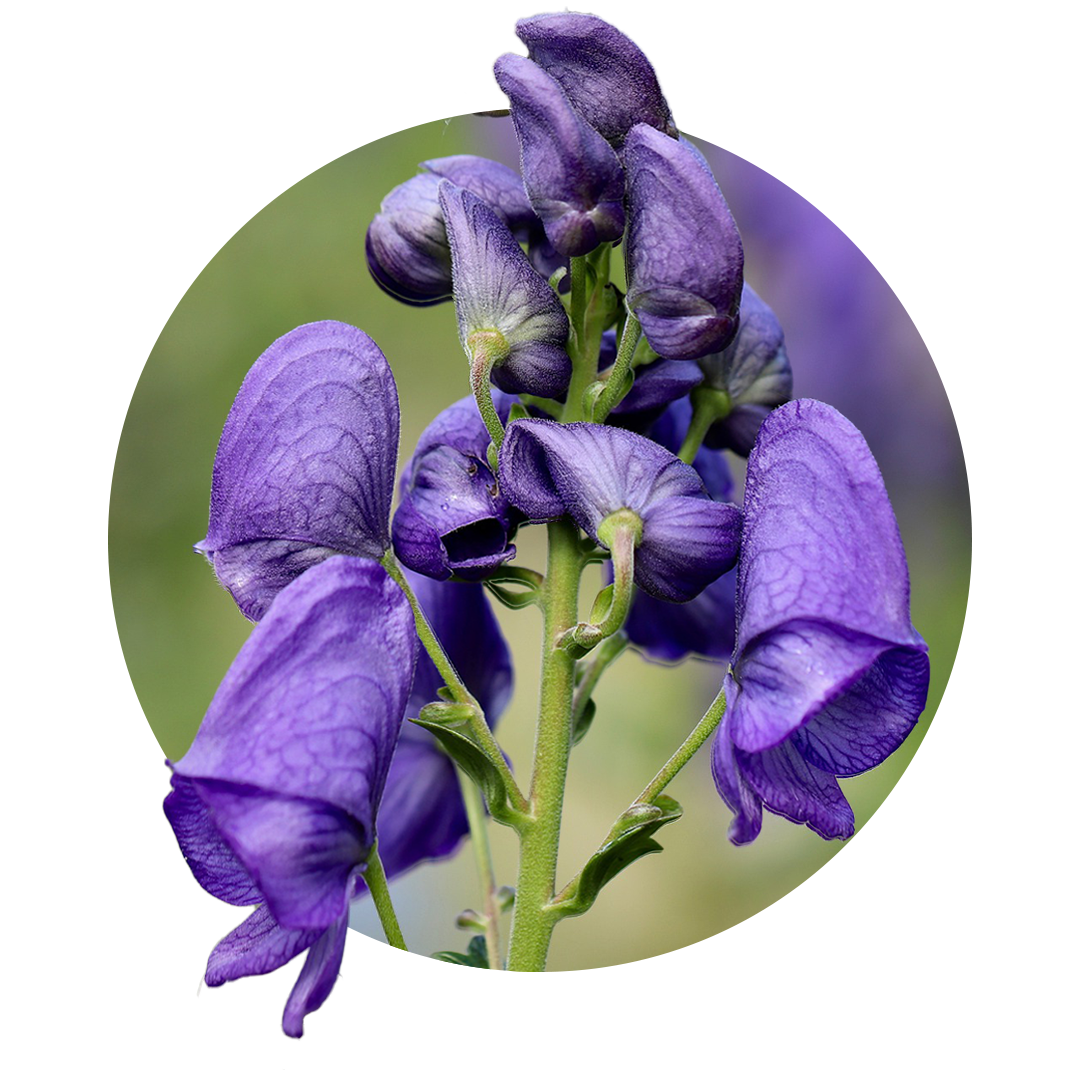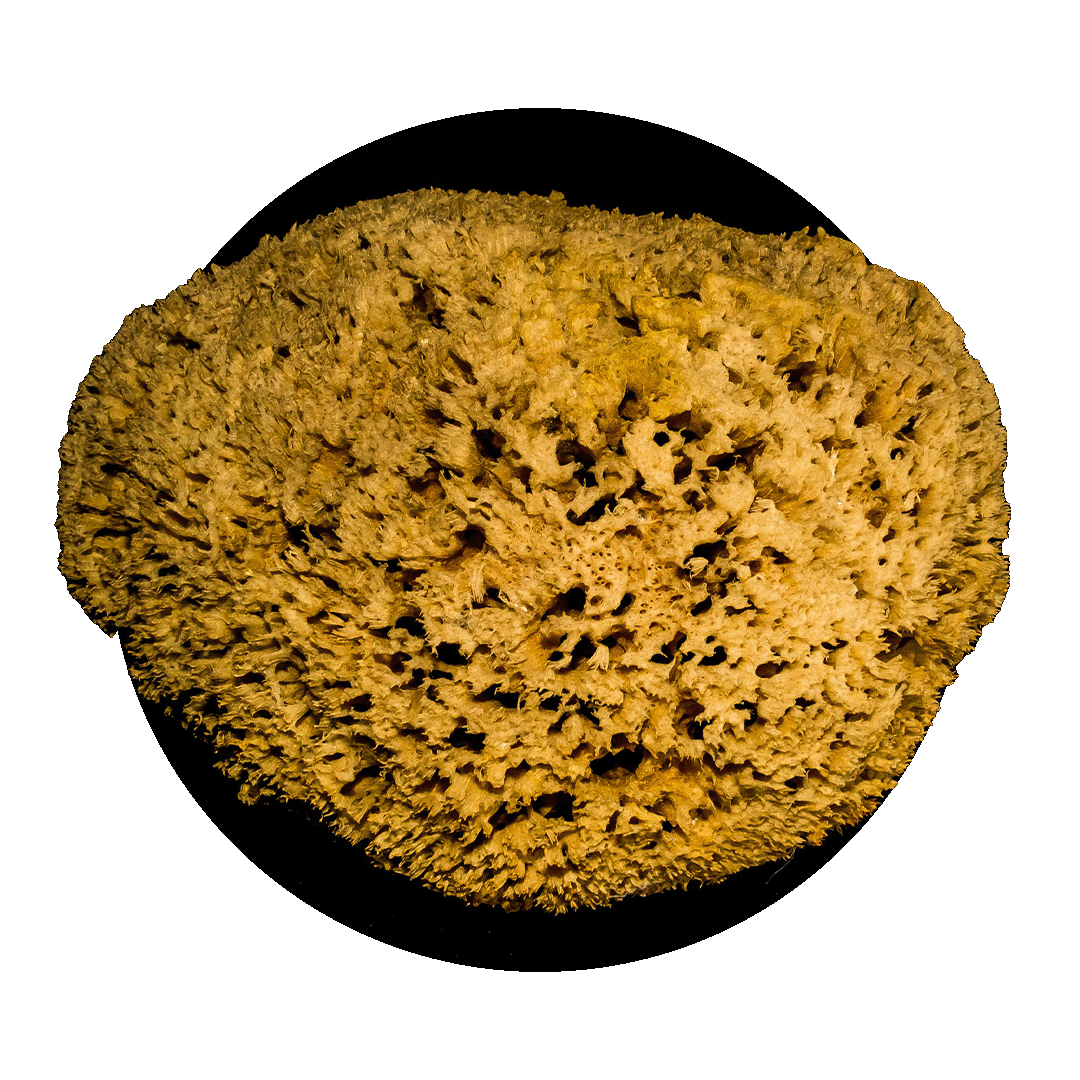True meadowsweet: sweet-smelling medicinal plant
Even among the Celts, meadowsweet was considered one of the great sacred plants. Its effect is very similar to the effect of willow and both were, until the invention of aspirin, the medicinal plants for mild rheumatic pain. Meadowsweet makes girls sweet. An obvious connection, since it drives away even stubborn headaches. In fact, however, the name of the plant comes from its use as a preservative in mead brewing. The sweet mead thus spoiled less quickly and was longer edible.
Facts about meadowsweet
Did you know that...
... meadowsweet contains the same active ingredients as aspirin and gave the drug its name?
... beekeepers sprouted new hives with madesweet to make them more inviting to bees?
... in France meadowsweet sorbet is served with fatty dishes to make them more digestible?
What is true meadowsweet?
Meadowsweet is a perennial herbaceous plant from the rose family. It grows up to 150cm high and forms reddish stems that are conspicuous. The leaves of the plant are interruptedly pinnate and turn into a so-called funnel panicle or spiral at inflorescence. Meadowsweet, like the other salicylic acid producing plants, loves wet to moist soils and grows excellently on them. After the plant flowers, small, moon-like nutlets form. Over time, these turn brown. They contain the one seed. The plant is native to our country and is readily found in wet meadows.
General and medicinal properties of Filipendula ulmaria
Anti-inflammatory
Meadowsweet is anti-inflammatory and anti-rheumatic. The active substances contained in the are related to aspirin and have a significant effect on inflammation. They inhibit them, promote blood circulation and allow the event to subside quickly.
Antithrombotic
Meadowsweet is antithrombotic. The salicylic acid in meadowsweet is anticoagulant and helps prevent the formation of thrombi or dissolve existing thrombi. This can be used before long-distance flights to prevent deep vein thrombosis.
Diaphoretic and diuretic
Meadowsweet is diaphoretic and diuretic. It stimulates as directly the purification and elimination of the body. Thus, it helps to relieve the metabolism in rheumatic complaints and fundamentally reduce the tendency to inflammation.
Antipyretic
Meadowsweet is antipyretic. It is therefore often given for colds. Its anti-inflammatory and blood flow improving power helps the body to reduce the body temperature back to normal and thus optimizes the function of the immune system.
Filipendula ulmaria: Ingredients
Meadowsweet has a variety of potent active ingredients to offer, which in sum make it a great medicinal plant.
- Salicylaldehyde
- Methyl salicylate
- Tannins
- Flavonoids
Real meadowsweet: effect for body and mind
Meadowsweet has been a known quantity in folk medicine for a long time. Already the Celts knew and used the plant for painful conditions, bruises and infections. Today, the effect of meadowsweet has been sufficiently researched. It is known that by means of its active substances, like willow bark, it influences platelet aggregation and thus blood circulation, the body's inflammatory cascade and thus rheumatic reactions of the body. It improves the fluidity of the blood and thus ensures a good oxygen supply to the cells. Thus it has a lowering influence on the body temperature. Therefore, it is widely used in colds with increased temperature. Its far-reaching effect here is strongly beneficial to the feeling of illness. The patient feels more vital and not so depressed. Many of the uses of meadowsweet are now covered by ready-made preparations containing salicylic acid, first and foremost aspirin. The mode of action is similar.
Properties of Filipendula ulmaria:
- Diuretic
- Sweaty
- Anti-inflammatory
- Antithrombotic
- Anticoagulant
- Antipyretic
Fields of application in naturopathy:
Meadowsweet used to be a much more common herb, and today it has lost a little importance. Nevertheless, it still has its classic indications, where the little plant should be thought of.
Filipendula ulmaria for tonsillitis
Meadowsweet can be used well as a supportive treatment for tonsillitis. The plant improves blood circulation, inhibits inflammation and has a mild analgesic effect. The tonsils swell slightly, swallowing works better and the general condition is improved by the antipyretic effect.
Meadowsweet for inflammation of mucous membranes
Basically, the salicyl compounds have an anti-inflammatory, decongestant and circulatory effect. However, the tannins of meadowsweet also play an important role for the mucous membranes. They are considered mucosa-protective and protect the mucous membranes from degenerative processes. Meadowsweet can also be used for chronic problems and make the decisive difference.

Real meadowsweet for colds & flu-like infections
Due to its anti-inflammatory properties, meadowsweet also lowers the body temperature when it is elevated in the context of fever. This property is used in the design of cold tea mixtures in which meadowsweet is an integral part. A normal, only slightly increased body temperature means an optimally working immune system and a better overcoming of the infection. One is simply faster fit again!
Notes on the use of Filipendula ulmaria
True meadowsweet can be used as a tea. Most often, the plant is an ingredient of a complex remedy of homeopathic or spagyric nature. Meadowsweet is taken several times a day in acute cases, chronic patients such as rheumatics, for example, can also aim for daily use over longer periods of time. Meadowsweet has cardio-protective properties and is considered a heart attack prophylactic.
Meadowsweet during pregnancy & lactation
Due to its influence on the coagulation and bleeding tendency of the body, meadowsweet is not recommended during pregnancy and lactation. Asthmatics and people allergic to aspirin should be careful when using meadowsweet.
Discover our recipes
With natural methods such as the individual spagyric sprays from Zimply Natural, complaints can be treated and sustainably alleviated.
Use the healing power of meadowsweet!
Use the healing power of meadowsweet and our other more than 100 medicinal plants for the natural relief of your ailments. Improve your well-being and support your body, mind and soul! Use our configurator to put together your personal spagyric spray, which is tailored to your needs and accompanies you on your natural path to the improvement of body, mind and soul.

